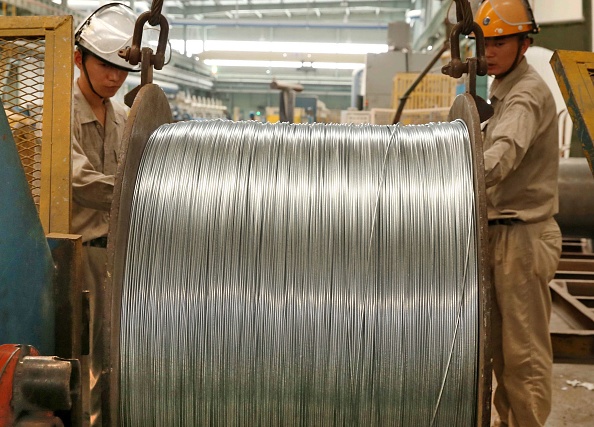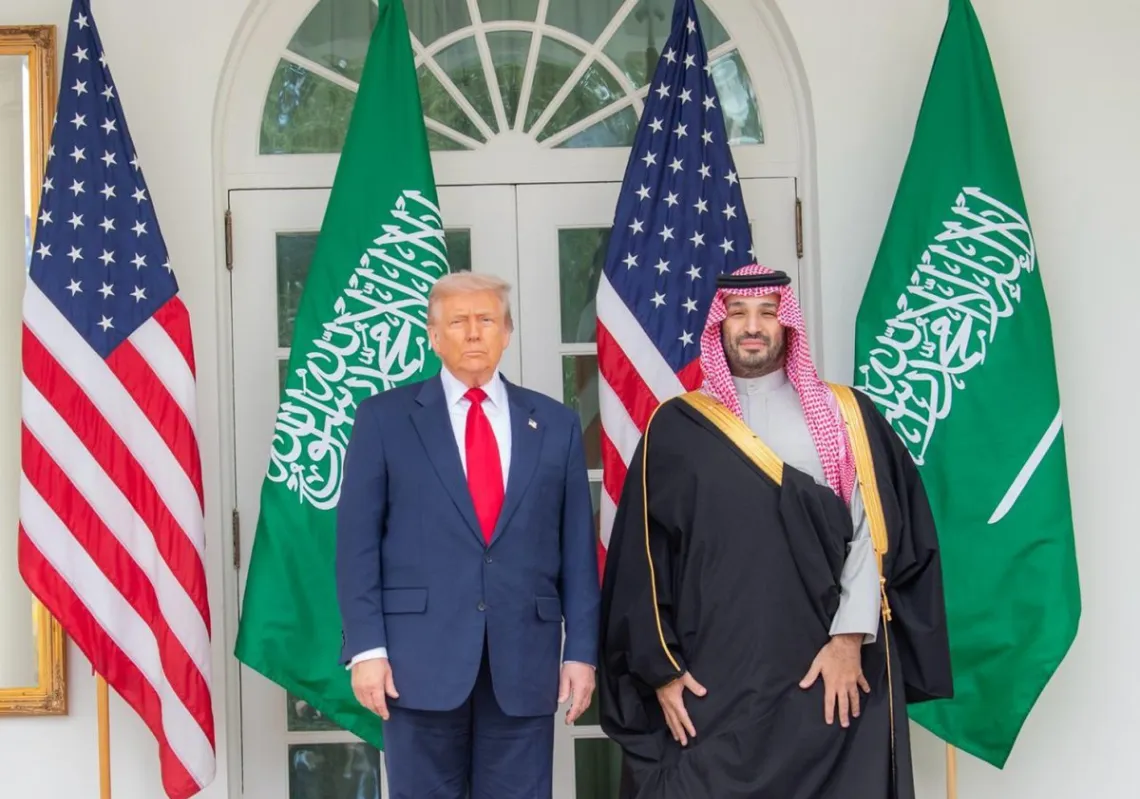The problem for Trump is that Xi cannot give him what he says he wants: an immediate and dramatic reduction in the U.S. trade deficit with China. Trump will probably get some guarantees to buy more U.S. exports—for example, further contracts for Boeing to supply China’s large and growing commercial aviation market. But these will not change the underlying structural reality driving the massive trade imbalance: Chinese people save much more than Americans; Americans consume much more than the Chinese.
What China can give—and what the United States should accept—concerns investment, not trade. Trump should push for more market access and better protections, including on intellectual property, for U.S. multinational firms investing and operating in China. He should also change the terms of Chinese investment in the United States. The aim should be fewer acquisitions of existing assets by Chinese companies, more investments in new projects that promise to create American jobs.
SELLING IN CHINA
The veteran American business leader Maurice Greenberg put things succinctly in a Wall Street Journal op-ed this past summer. “China cannot expect to continue receiving favorable trade and investment terms in foreign markets when it is unwilling to reciprocate,” he wrote. “It is in China’s interest to reform, and the U.S. is right to press to level the playing field.”
The potential wins for the United States on the investment side dwarf those from freer and fairer trade. Today’s multinational companies increasingly rely on global supply chains and distribution networks. Many fewer products are made entirely in one country and exported to another. The best way to sell in a foreign market is to tailor products to local conditions. And that often means operating there. Just consider all the German BMW and Mercedes SUVs designed for, made in, and sold in the United States.
Research by Deutsche Bank estimates that the sales of U.S. firms operating in China are at least twice as large as U.S. exports to China. General Motors, for example, sells more vehicles in Chinathan it does in the United States. But those cars and vans are made in China, not Detroit, in a joint venture with the state-owned enterprise, SAIC Motor Corporation, perhaps the world’s largest automaker. GM shareholders clearly benefit from these sales in China. So too do American workers when GM reinvests its Chinese profits back in the United States.

But GM’s current operating conditions in China are less than ideal. Under rules developed nearly 20 years ago, when the Chinese economy was much less developed than it is today, the Chinese government precluded GM from taking majority control of its Chinese subsidiary. GM, and many other U.S. firms operating in China, would prefer to operate wholly owned subsidiaries there, freer from government restrictions and less worried that they are inadvertently sharing their proprietary information and processes with would-be Chinese competitors.
The ability to operate independently is at the core of freer and fairer market access. There is evidence that the Chinese government has finally begun moving in this direction. When Tesla opens a factory in Shanghai, all the signs are that it will operate as a wholly owned subsidiary of the parent company with no Chinese JV partner. BMW recently announced it has increased its ownership stake in its Chinese subsidiary to a strong majority position. The Chinese government has relaxed the rules on foreign ownership for financial services firms on the mainland, an opening that U.S. money manager Fidelity has taken advantage of.
U.S. technology firms have long complained about having to share valuable intellectual property with partners in China, if not risking its outright theft. But Chinese tech firms such as Alibaba, Baidu, and Tencent now have their own IP to protect. Five years ago, there were essentially no Chinese “unicorns” (start-ups valued at over $1 billion). Today, according to The Economist, there are more unicorns in China than in Silicon Valley. The more successful Chinese innovation becomes, the greater the incentives for the Chinese government to protect IP in China. That will help U.S. tech firms, too.
Loosening restrictions on U.S. firms operating in China is not only in U.S. interests. Indeed, many in China’s burgeoning private sector are hoping that the result of heightened U.S.-Chinese tensions will be to jump-start long promised domestic economic reforms in China.
INVESTING IN AMERICA
Chinese investment in the United States offers the potential for another mutual victory. Talks between the two countries on a Bilateral Investment Treaty have been stalled for years. Even though a formal BIT treaty is probably a bridge too far, Buenos Aires is the right place to revive the ideas behind the talks. In addition to U.S. access to the Chinese market, Trump and Xi should learn from the remarkable success over the past few decades of Japanese investment in the United States, which the Commerce Department estimates supports over 700,000 American jobs.
Chinese investment in the United States increased dramatically after China joined the WTO, in 2001, reaching $45.6 billion in 2016, according to the Rhodium Group’s China Investment Monitor. Then, after dropping by about one-third in 2017, the bottom fell out in 2018. In the first two quarters of this year, Chinese investment in the United States totaled just $2 billion. This precipitous decline is the result of a perfect storm: the trade war, Chinese restrictions on capital outflows, and heightened scrutiny of foreign investment on national security grounds by the Committee on Foreign Investmentin the United States.
Outbound Chinese investment is set to play a major role in the global economy over the coming decades. Washington should lay the foundations to ensure that the United States receives plenty of it, and that it proves mutually beneficial. If U.S. policymakers play their cards right, Chinese investment can not only bring jobs but also lower the trade deficit.
That is exactly what happened with Japan, the last great U.S. trade bogeyman. Although early Japanese investment in the United States went on unpopular acquisitions of iconic American assets, such as Pebble Beach and Rockefeller Center, Japanese firms later shifted their focus to building new factories and equipment—with large job-creating Toyota plants in six U.S. states the poster children for foreign investment.
Trump should tell Xi that although the United States (like China and most other countries) must reserve the right to block foreign investment on legitimate national security grounds, it would welcome more Chinese cash. Like Japan’s before it, China’s investment in the United States is heavily skewed toward buying existing assets, mostly in real estate, an area where Chinese investors have parked more than $130 billion. Over the same period, Chinese investment in new projects, known as greenfield investment, has totaled a paltry $9 billion.
Now is the perfect time to put Chinese investment on the Japanese path. One important early example is Foxconn, the company that makes most Apple devices in mainland China. Last year, Foxconn announced last it would invest $9 billion to build and open a large factory in Wisconsin that would create 13,000 jobs. That is a win for Wisconsin, but it is also a win for Foxconn.
“Trade war” has become one of the most searched-for terms in search engines on both sides of the Pacific. But in important respects, traditional trade is a sideshow in today’s global economy. Multinational firms headquartered in one country but operating in many are the main game. When Trump and Xi meet in Buenos Aires, that’s where they should focus. Trade deficits look zero-sum. But reciprocal investment liberalization offers win-wins. Now is the time to seize them.
*Geoffrey Garrett is Dean of the Wharton School of Business.
This article was originally published in Foreign Affairs.








